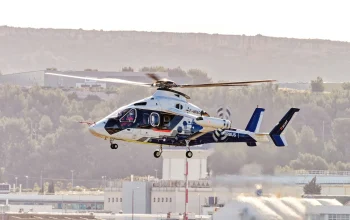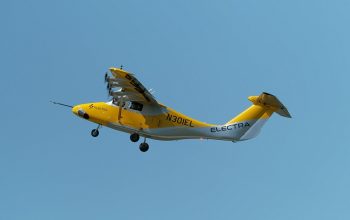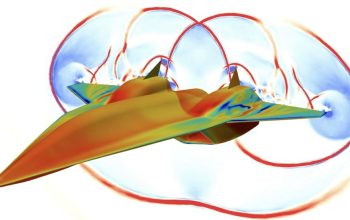The Marine Corps is one step closer to defeating unmanned aircraft systems. In December, Program Executive Officer Land Systems successfully tested the Marine Air Defense Integrated System, or MADIS, low-rate initial production model, hitting several launched drones during a live-fire test at the Yuma Proving Ground in Arizona. The live-fire test subjected MADIS to actual battlefield scenarios, where it detected, tracked, identified, and defeated unmanned aerial threats. MADIS is a short-range, surface-to-air system that enables Low Altitude Air Defense Battalions to deter and neutralize unmanned aircraft systems and fixed wing/rotary wing aircraft. Mounted aboard two Joint Light Tactical Vehicles, the system is a complementary pair. MADIS includes multiple disparate systems, including radar systems, surface-to-air missiles, and command and control elements. In layman’s terms, one detects, and the other attacks.
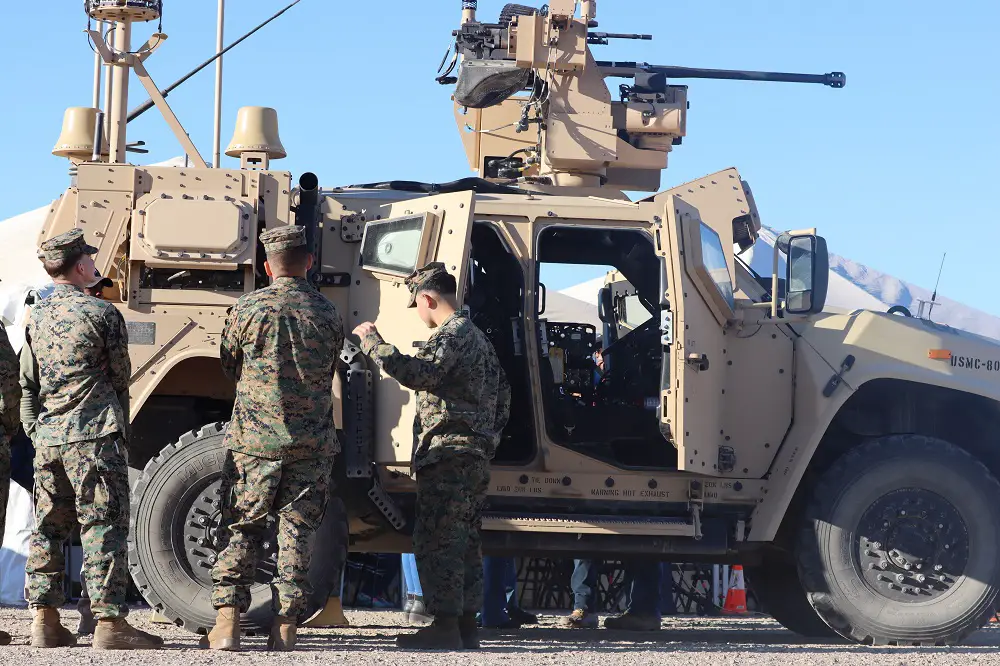
The Marine Air Defense Integrated System (MADIS) is the Marine Corps’ new push for modernizing its Ground Based Air Defense (GBAD) capabilities. It is part of the Corps plan to upgrade their two active Low Altitude Air Defense (LAAD) battalions, which currently rely on dismounted Stinger missiles and radar equipment transported in two M1114 HMMWVs per section. Since the Marine Corps divested itself of all their Avenger Systems in the mid-2000s, Marines have been without a dedicated mobile firing platform to protect the maneuver force. In 2013 at the beginning of the fight against ISIS, the Marine Corps noticed the growing proliferation of cheap commercial drones and a gap in the ability to counter those systems. At the same time, the United States began to redirect itself toward near-peer competition against China and Russia. A fight against either near-peer necessitates a maneuverable SHORAD platform that can keep pace with the maneuver force in order to protect it from precision fires and enemy close air support.
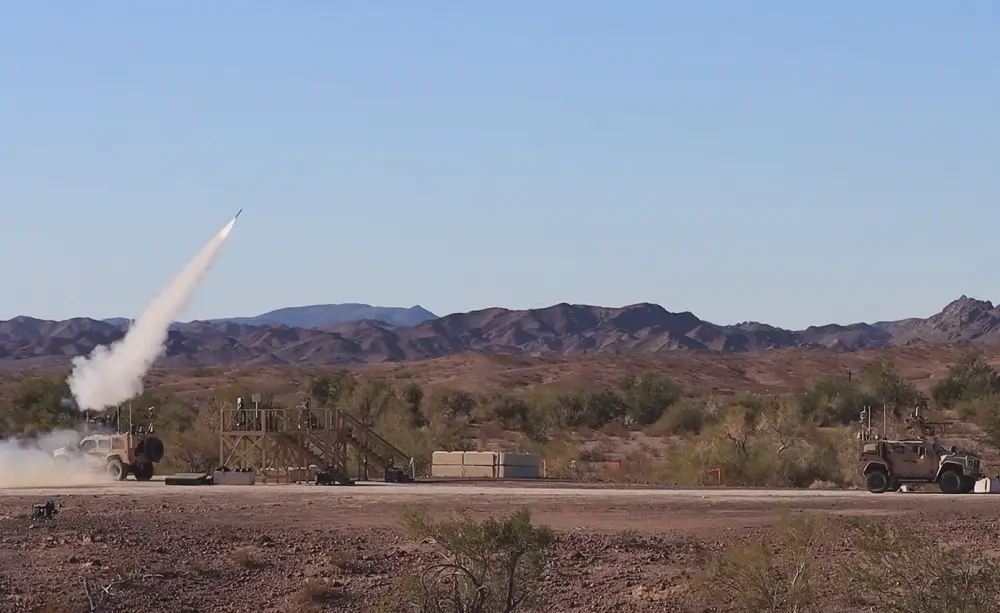
“MADIS can complete the entire kill chain, and we witness that during this event. It is a linchpin for mission success and our ability to neutralize airborne threats…which in turn, increases our lethality. The importance of countering UAS threats cannot be overstated. We see it all over the news. MADIS is the key. We’re excited to get this out to Marines. We’ve taken multiple disparate commercial off-the-shelf and government off-the-shelf technologies and put them together. This is a capability the Marine Corps has never had, and it was a challenge for the acquisition community. This test event shows we met that challenge,” said Col. Andrew Konicki, program manager for Ground Based Air Defense.
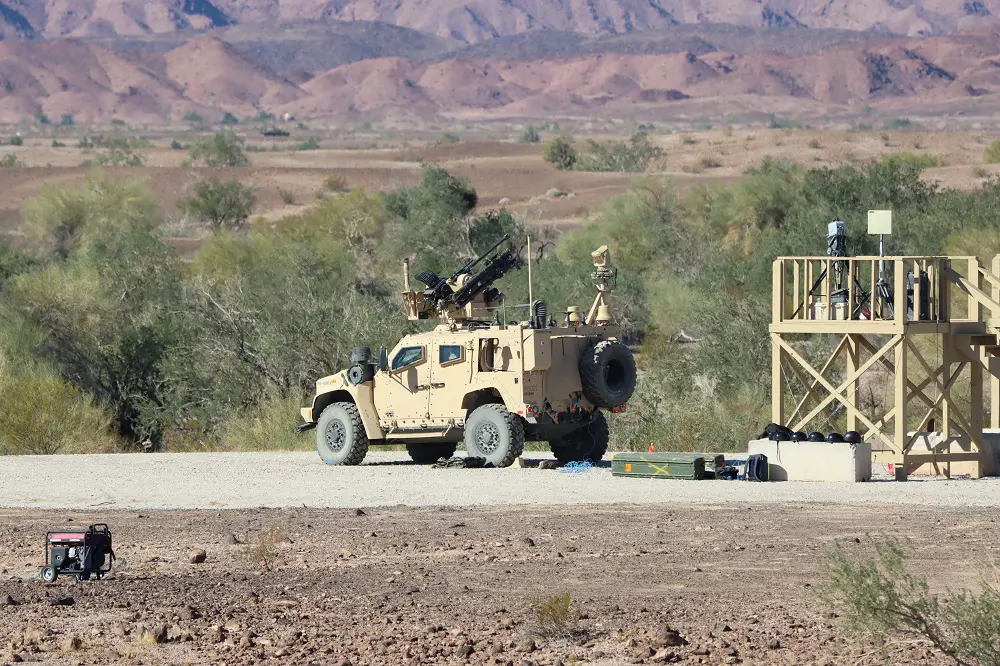
Drones continue to be a threat, especially with the emergence of easily accessible, commercial off-the-shelf products. MADIS uses real-time communication and coordination to destroy or neutralize low-altitude aerial threats in defense of the Marine Air Ground Task Force. During the test, MADIS successfully tracked and hit multiple targets using the Stinger missiles and 30mm cannon. Information passed through the Common Aviation Command and Control System to the “fighting pair” of vehicles, executing the engagements while continuing to track other UAS targets. The program office has additional live-fire testing planned for new equipment training, system verification testing, and initial operational test and evaluation in FY24, prior to the start of fielding, said Maj. Craig Warner, product manager for Future Weapons Systems. The 3rd Littoral Anti-Air Battalion will be the first battalion in the Marine Corps to receive the MADIS.








